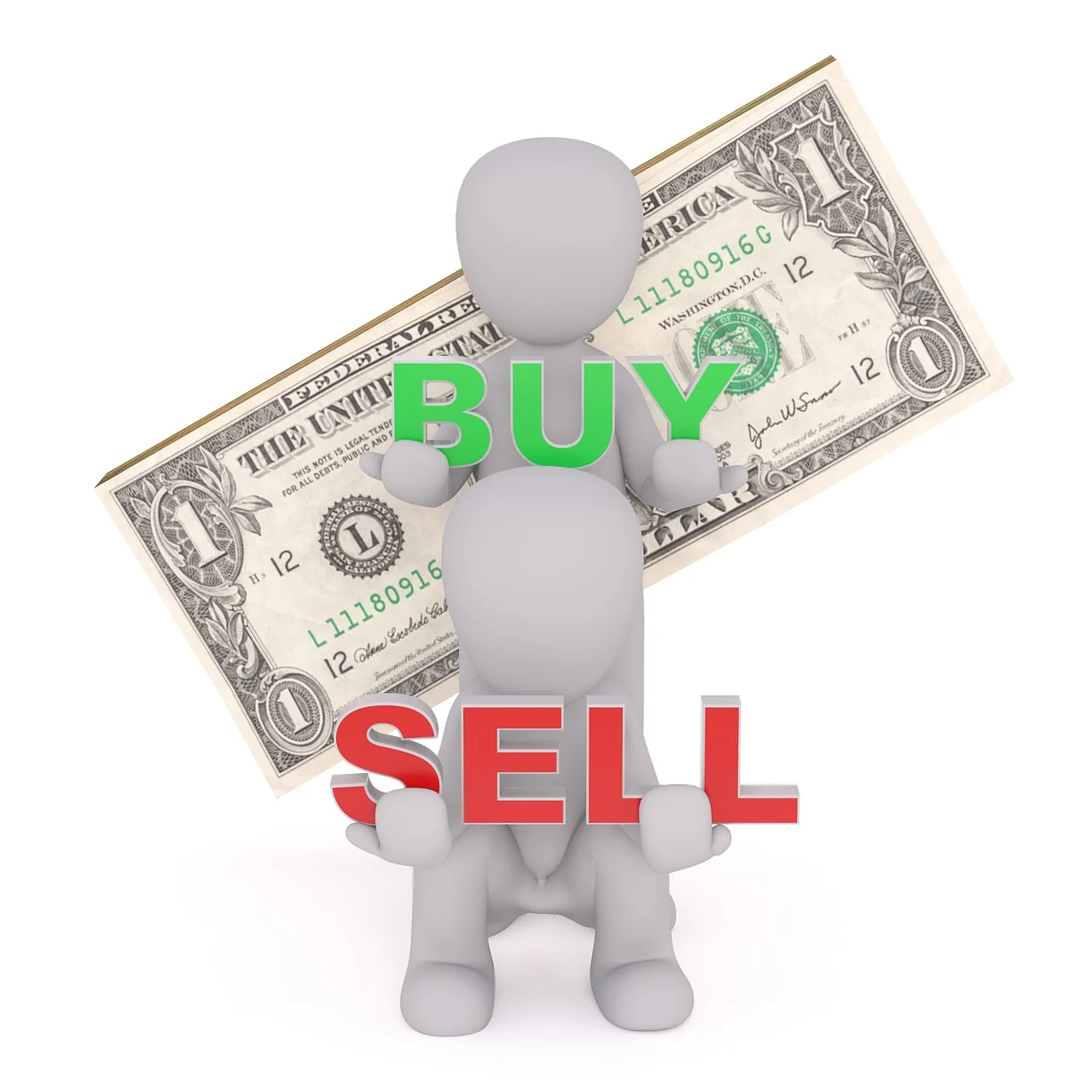
Introduction to Forex Trading
What is Forex?
Forex, short for foreign exchange, is the global marketplace for exchanging national currencies. It’s a 24/5 market where trillions of dollars are traded daily. Imagine exchanging dollars for euros—but doing it at scale, with strategy, and for profit.
Why People Are Attracted to Forex Trading
Low entry barriers, massive liquidity, and the opportunity to trade from anywhere make forex appealing. You don’t need a million dollars to start. Even $100 can get you in the game—though that doesn’t guarantee success.
Meet the Trader Who Did It
A Brief Backstory
This isn’t fiction. This is the story of Alex (name changed), a trader who turned $1,000 into $100,000 in under three years. No magic tricks. Just strategy, discipline, and consistency.
Initial Capital: Just $1,000
Alex started small, skeptical like most of us. But he was determined not to blow the account like 90% of new traders do. He treated that $1,000 like $100K. Every trade was calculated.
Strategy Overview
Risk Management First
Before even placing a trade, Alex made a rule: never risk more than 1% per trade. That’s just $10 out of $1,000. Doesn’t sound like much? Well, multiply that across 300+ smart trades.
Leverage – The Double-Edged Sword
Using 1:30 leverage (as allowed by many brokers), Alex amplified his gains—but cautiously. He avoided overleveraging, which is a major killer in Forex. Leverage is like nitro in a car—it can speed you up or explode your engine.
The Power of Compounding Profits
Reinvesting Profits: How It Snowballed
Alex didn’t withdraw profits during the first 12 months. Instead, he reinvested everything. So $1,100 became $1,300, then $1,500, and so on.
Weekly Growth Goals
His goal? A steady 3–5% per week. Sounds small? It adds up fast. Over time, the compounding effect made $1K swell to $10K, then snowball to $100K.
The Trading Style Explained
Scalping vs Swing Trading
Scalping involves quick trades, often lasting minutes. Swing trading means holding positions for days or weeks. While scalping seems exciting, Alex chose swing trading for better risk/reward setups.
Why Swing Trading Won
Swing trading allowed Alex to analyze the markets deeply and avoid emotional impulse trades. Plus, it fit better with his 9–5 job at the time.
The Secret Sauce: Technical Analysis
Indicators Used
He used a few simple tools:
- Moving Averages (50 & 200 EMA)
- RSI (Relative Strength Index)
- MACD (Moving Average Convergence Divergence)
- Fibonacci Retracement
Less is more—he didn’t clutter his charts.
Entry and Exit Rules
- Entry: When price crossed above the 50 EMA, confirmed by RSI > 50
- Exit: When RSI dropped below 40 or price showed reversal candles
He followed the rules religiously.
Journaling Every Trade
Why It Matters More Than You Think
Alex treated trading like a business. He journaled every trade—why he entered, exited, won, or lost. This helped refine his strategy and avoid repeating mistakes.
The Tools Used for Logging Trades
He used Google Sheets, Edgewonk, and even good old pen and paper at times. The point wasn’t the tool—it was the habit.
Overcoming Psychological Barriers
Greed, Fear, and Discipline
Let’s face it: the hardest part of trading is emotional control. Alex learned to detach emotions from trades. No revenge trading. No chasing losses.
Maintaining a Trader’s Mindset
He meditated, read trading psychology books (like Trading in the Zone by Mark Douglas), and constantly reminded himself: The market owes you nothing.
Automating the Strategy
Using Bots and Scripts
At around the $25K mark, Alex began testing automation. He used MetaTrader 4 Expert Advisors (EAs) based on his manual strategy.
Risks of Automation
He didn’t go fully auto. Bots made mistakes. He used them as assistants, not drivers.
Scaling Up From $10K to $100K
Compound Growth Model
By the time he hit $10K, trades got larger. But he stuck to his 1% rule. That 1% now meant $100 per trade. The same effort, just bigger returns.
Avoiding Lifestyle Creep
Alex didn’t start buying Rolexes. He reinvested most of his profits until he crossed the $100K milestone. Discipline > Desire.
Lessons Learned From the Journey
The Losses Were Just as Important
Yes, he lost trades. A lot of them. But he learned from each loss, adjusted, and never let a bad day ruin a good week.
Patience Is the True Weapon
The markets test your patience. Most people fail because they want to double their money overnight. Alex knew this was a marathon.
Final Words of Wisdom
Advice for New Traders
- Start with demo trading
- Risk only what you can afford to lose
- Focus on consistency, not luck
Mistakes to Avoid
- Overleveraging
- Ignoring risk management
- Trading based on gut feelings
Conclusion
Turning $1K into $100K in Forex trading isn’t easy—but it is possible. It takes a solid strategy, ruthless discipline, and a long-term mindset. There’s no secret sauce, just a well-cooked recipe that anyone can learn if they’re willing to practice. Start small, learn deeply, and trade wisely. You might just be the next Forex success story.
FAQs
1. Is it really possible to turn $1K into $100K in Forex?
Yes, but it’s rare. It takes strategy, discipline, and time. Most traders lose money due to poor risk management and lack of patience.
2. How long did it take Alex to reach $100K?
Approximately 2.5 years of consistent trading and compounding profits.
3. What broker did he use?
He used IC Markets and later switched to Pepperstone for tighter spreads.
4. Can this strategy be used with crypto or stocks?
With some modifications, yes. The principles of risk management and technical analysis are universal.
5. Do I need to quit my job to trade Forex?
Not at all. Many traders start part-time and trade on the 4-hour or daily charts, just like Alex did.